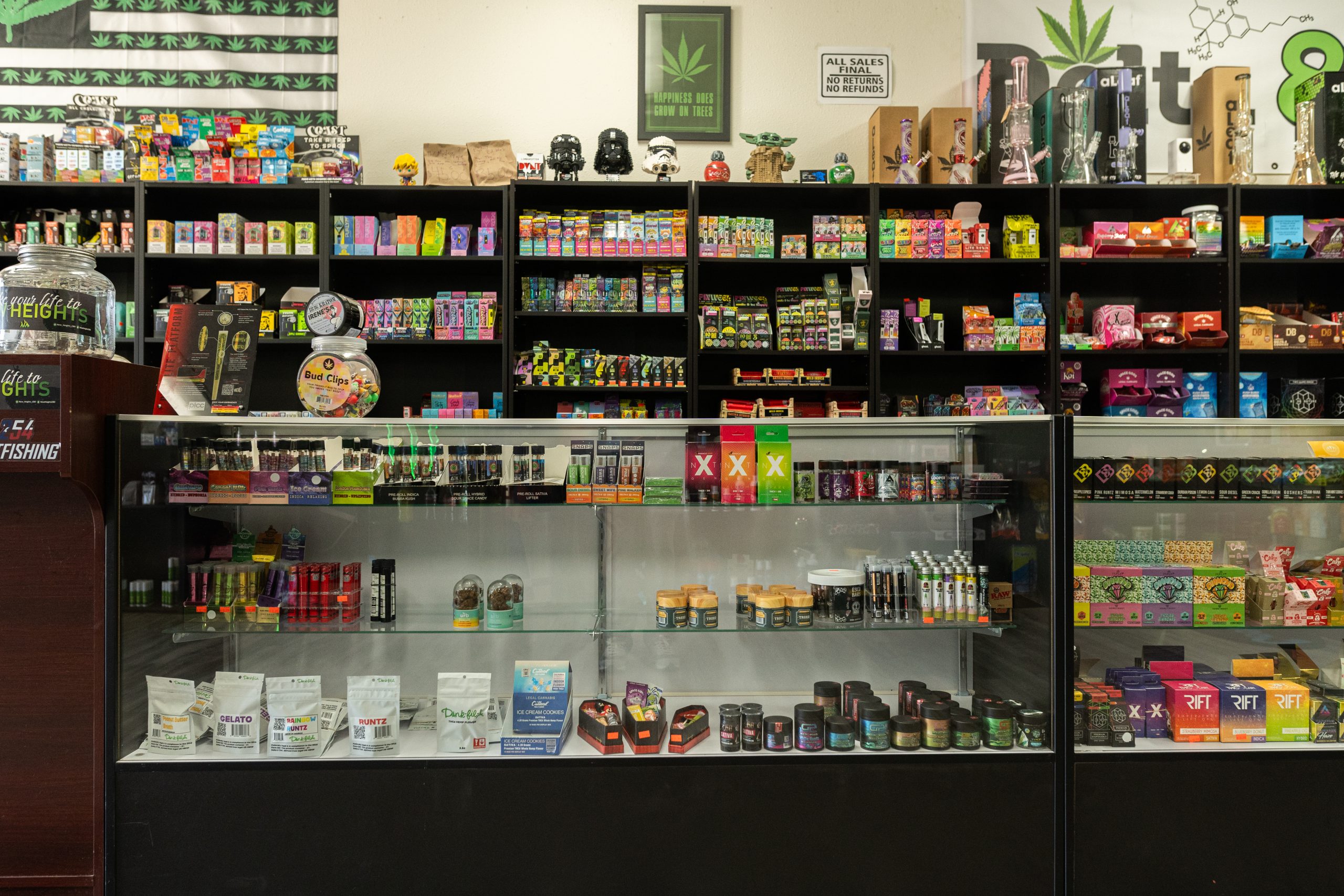About
At New Heights LLC, we invite you to join us on a journey to better health, greater vitality, and a more balanced life. Explore our online store, discover the power of CBD, and take your wellness to new heights.
Mission
Our company is on a mission to make a positive impact in the lives of our customers and our community. Our mission is guided by a commitment to natural healing, quality, and the well-being of all
Vision
Our vision for the company is to bring the best CBD products to the Central Texas and surrounding areas. We plan on carrying a vast amount of CBD products so everybody can find what will work for them the best.
Values
Our company is guided by a commitment to quality, community support, transparency, wellness advocacy, environmental responsibility, customer-centric service, innovation, ethical practices, diversity and inclusion, and empowerment.

Elevating Wellness, Nurturing Community
We’re a CBD company that’s passionate about quality, community support, and transparency, all aimed at enhancing well-being and fostering a healthier, happier
Why Choose New Heights LLC?
At New Heights LLC, we invite you to join us on a journey to better health, greater vitality, and a more balanced life. Explore our online store, discover the power of CBD, and take your wellness to new heights.
Quality Assurance
We take quality seriously. Our products undergo rigorous third-party testing to ensure purity, potency, and consistency.
Natural Ingredients
We use only sell products with natural ingredients. You can trust our products to be safe and effective.
Education
We're committed to helping you make informed choices about your wellness.
Customer Support
Our friendly and knowledgeable customer support team is here to answer your questions and assist you on your wellness journey.
Discover Wellness with New Heights LLC
At our New Heights LLC, we offer a range of premium CBD products designed to enhance your physical and mental well-being
